by
Jessica Weber
| Nov 14, 2017
November is the month that we gather around the table with family and friends and remember everything we have to be thankful for over a nice meal. Traditionally the main course will be turkey, but did you know people raise for things other than Thanksgiving dinner?
Here are some fun facts you may not know about turkey's:
Interesting facts about Turkeys:
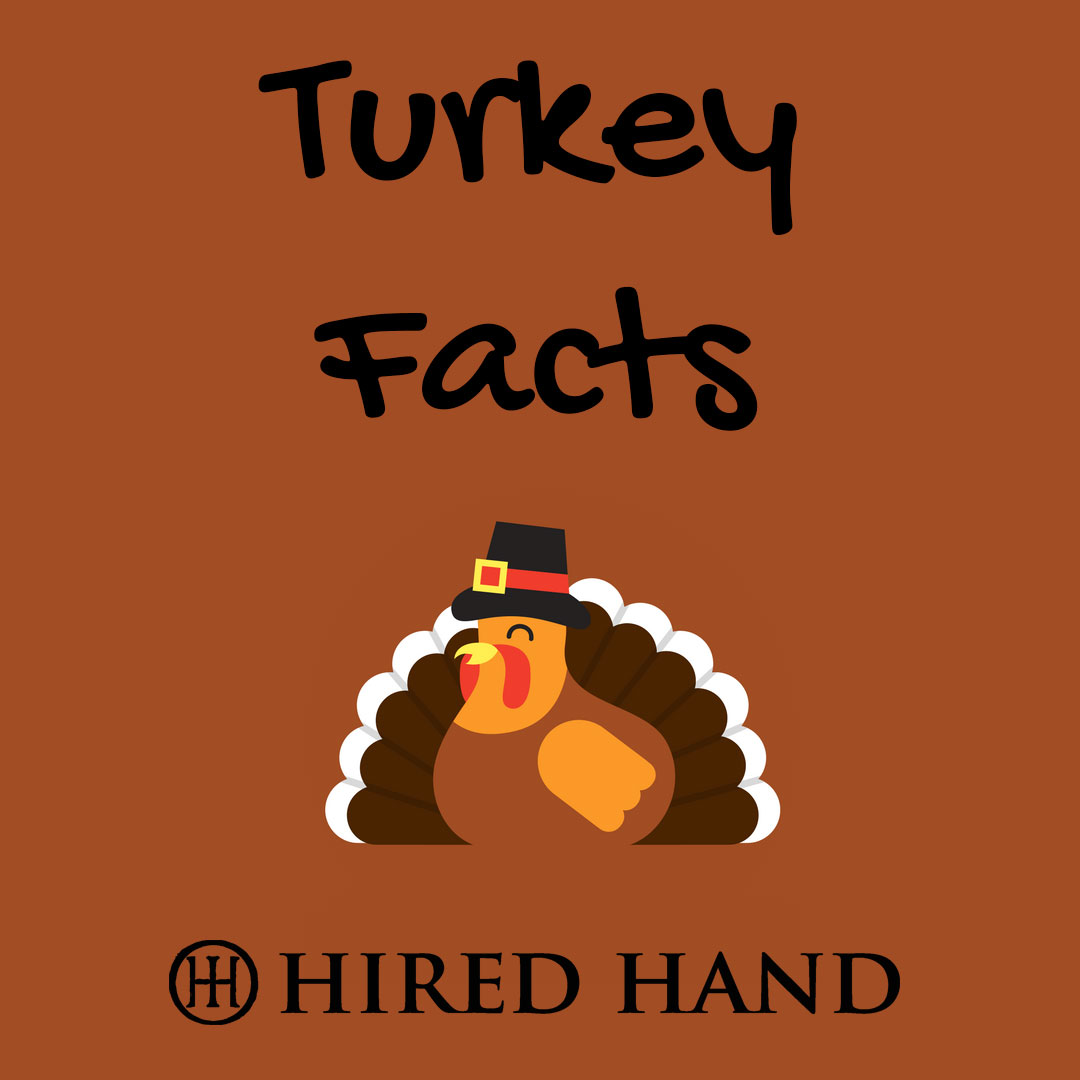 Where did they come from?
Where did they come from?
The ancient Aztecs domesticated another subspecies, M. Gallapavo the south Mexican wild turkey, and the Spanish brought those turkeys to Europe. The pilgrims then brought several of these domestic turkeys back to North America.
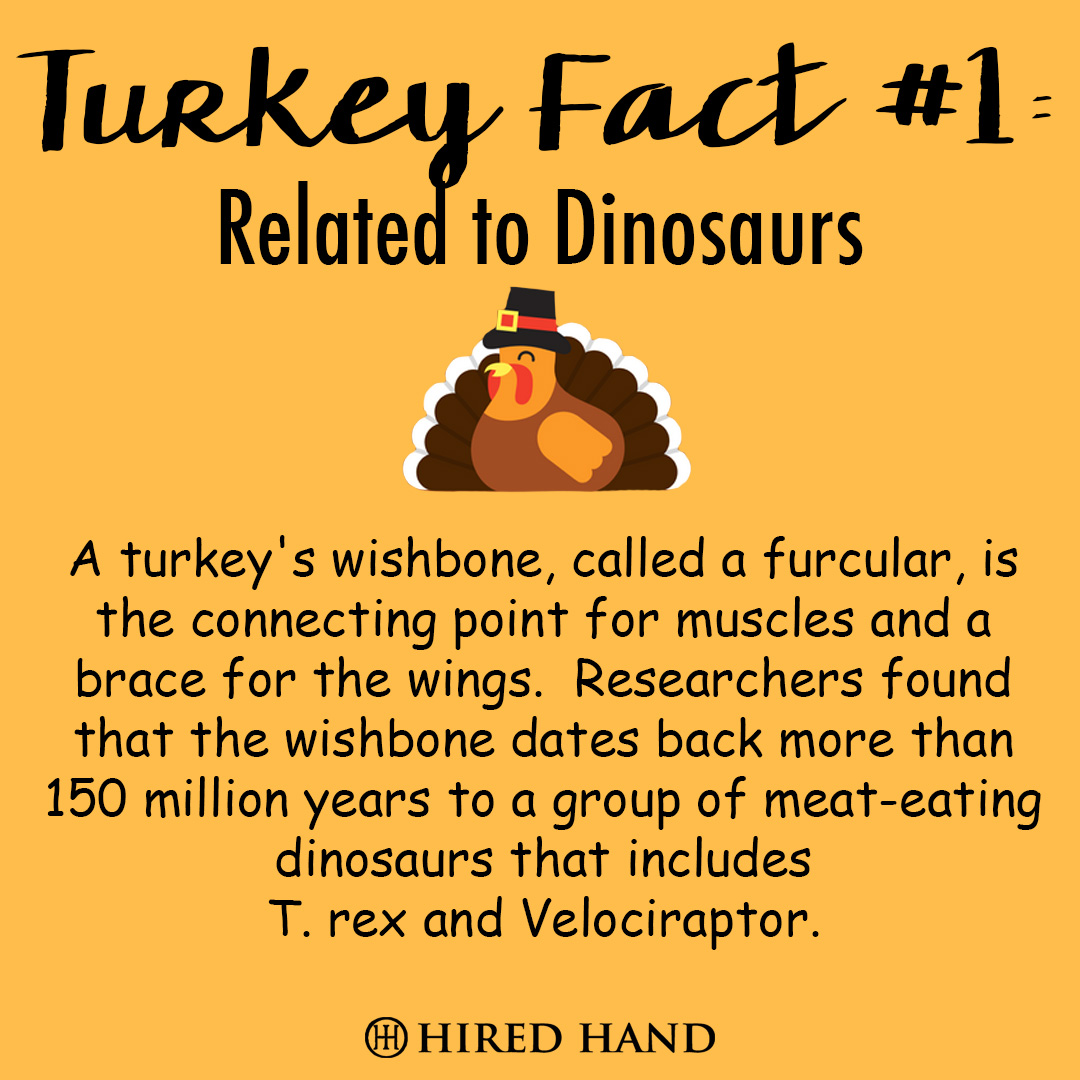
Related to Dinosaurs
A turkey's wishbone is formed by the fusion of the bird's two collarbones. Also called a furcular, the bone serves as the connecting point for muscles and a brace for the wings. During the bird's flapping the wishbone acts as a spring to store and release energy. This elasticity is also the reason snapping a wishbone before it dries is so tough. it also serves as a reminder that birds evolved from a group of dinosaurs. Researchers have found that the wishbone dates back more than 150 million years to a group of meat-eating dinosaurs that includes T. rex and Velociraptor.
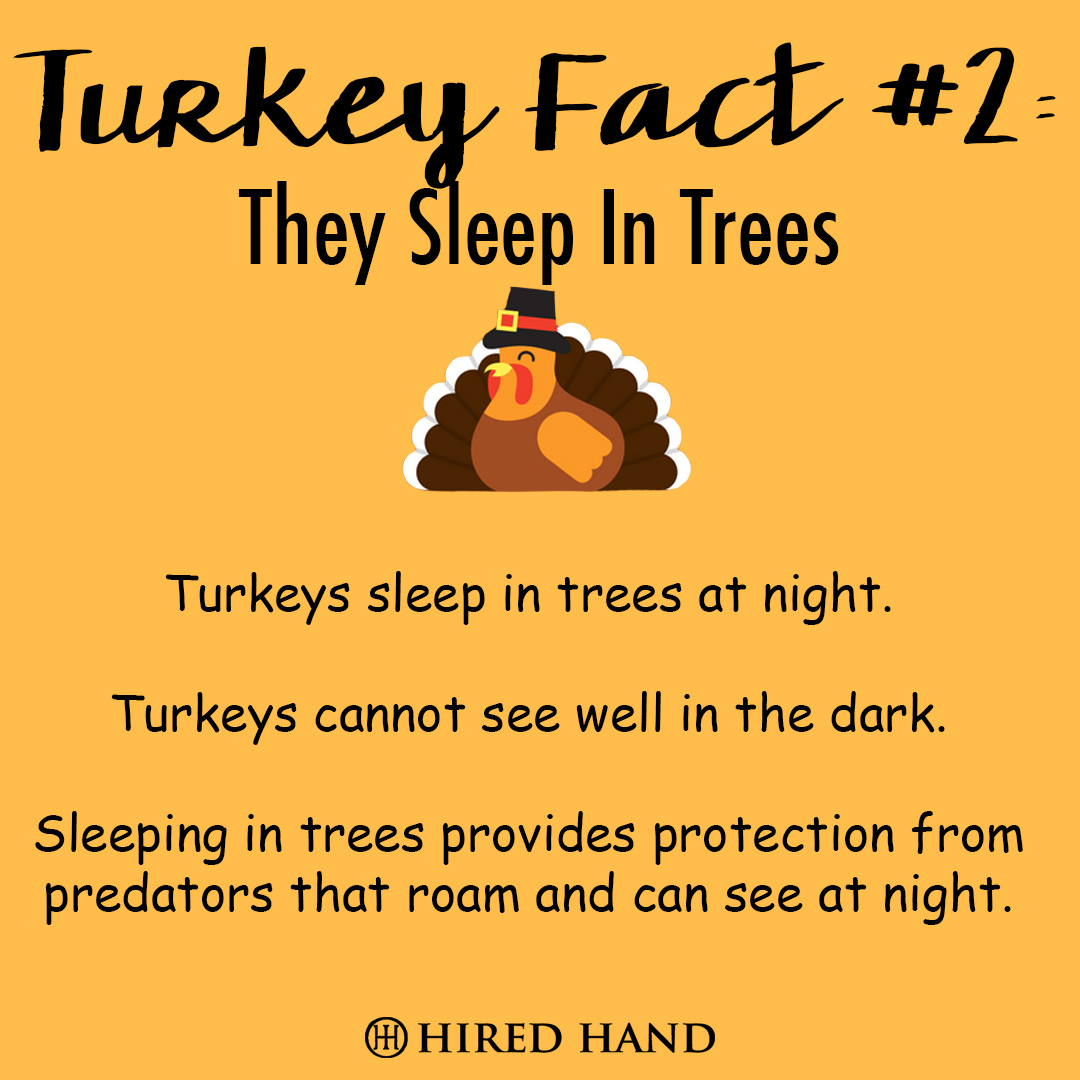
They sleep in trees
Although turkeys spend most of their time on the ground during the day, they sleep in trees at night. Turkeys cannot see well in the dark. Sleeping in trees provides protection from predators that roam and can see at night.
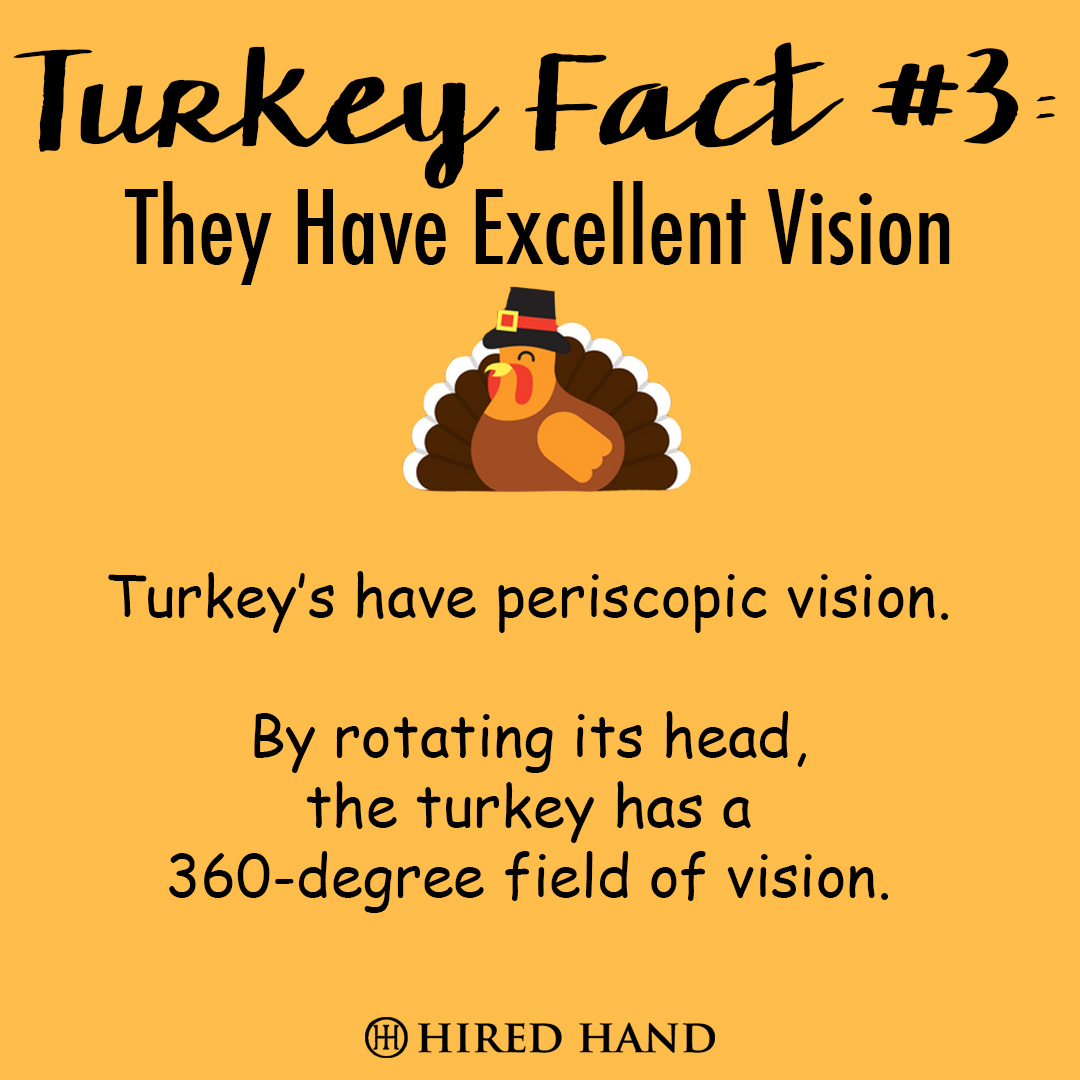
They have excellent vision
As many hunters know, a turkey has excellent vision. Because its eyes are on the sides of its head, the turkey has periscope vision, which allows it to see objects that are not in its direct line of vision. By rotating its head, the turkey has a 360-degree field of vision, according to James G. Dickson's "The Wild Turkey: Biology and Management" (Stackpole Books, 1992).
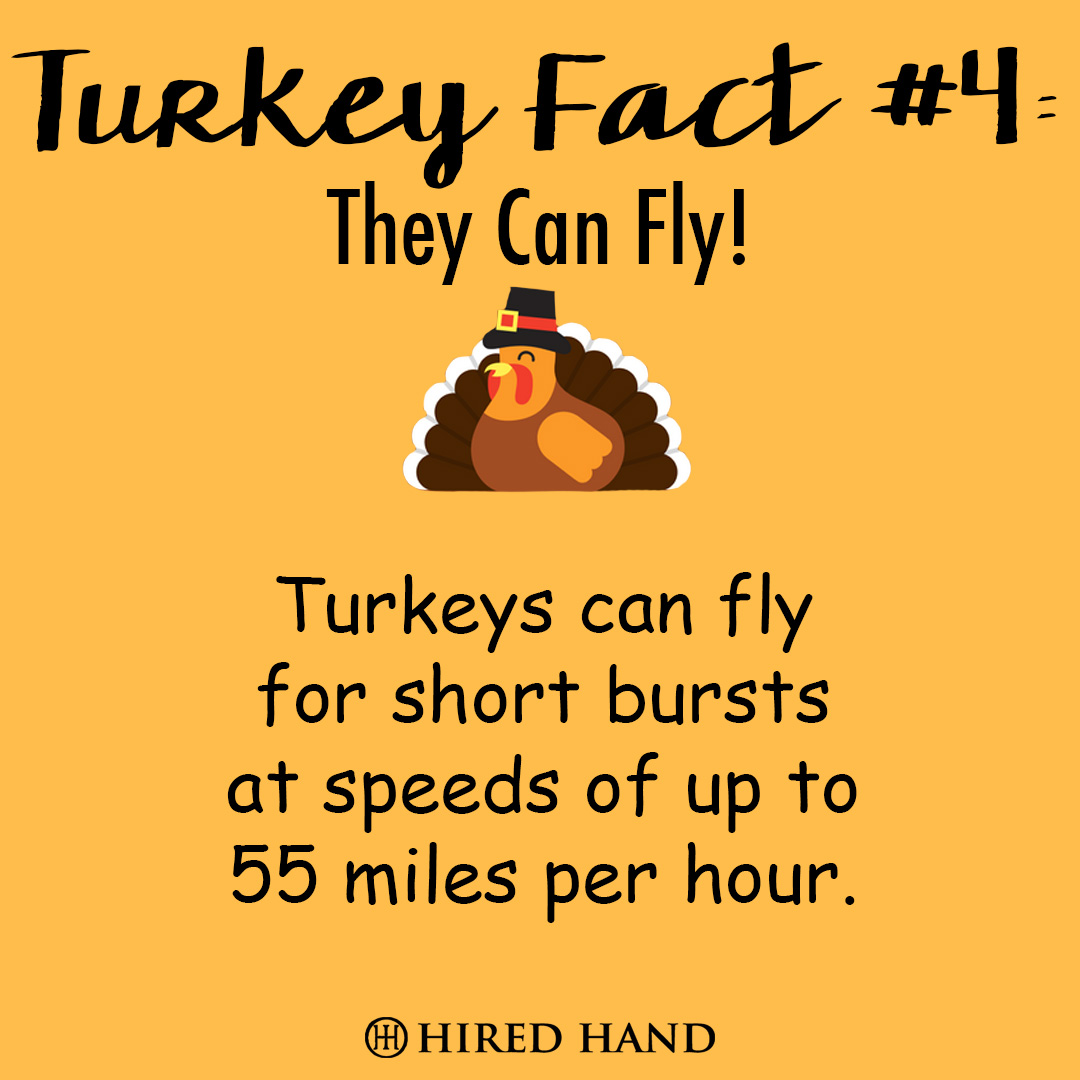
They Can Fly!
Wild turkeys can fly for short bursts at speeds of up to 55 miles per hour. However, they aren't often spotted soaring through the sky because they prefer to feed on the ground where they peck at grass, seeds, acorns, nuts, berries and small insects such as grasshoppers.
Female turkeys don’t gobble
Male turkeys are called gobblers, because they are the only ones that can make a gobbling sound. Each male turkey has his own unique gobbling "technique," which he combines with strutting to attract potential mates. Female turkeys communicate through clucks and small, chirp-like noises.
Ben Franklin adored turkeys
Apparently, Benjamin Franklin was a big fan ofthis humble gobbling bird. According to the Franklin Institute, he wrote in a letter to his daughter:
"For my own part, I wish the bald eagle had not been chosen as the representative of our country; he is a bird of bad moral character; he does not get his living honestly...like those among men who live by sharping and robbing...he is generally poor, and often very lousy. Besides, he is a rank coward; the little king-bird, not bigger than a sparrow, attacks him boldly and drives him out of the district...For in truth, the turkey is in comparison a much more respectable bird, and withal a true original native of America. Eagles have been found in all countries, but the turkey was peculiar to ours..." Smithsonion.com
They are social birds
There is dominance and a pecking order between turkeys. Birds fight for dominance recognizing individuals within the pecking order while sharing overlapping home ranges. Males and females have separate hierarchies. Stable pecking orders within flocks of the same sex seem to be common to all wild turkeys subspecies.
Babies are called "poults"
Baby or young turkeys are called poults. Don't be disappointed if the turkey at the petting zoo refuses to gobble — it's probably a female, which is called a hen. Males can be called gobblers or Toms.
How Are Turkeys Raised?
Thinking about raising turkeys? If you have raised chickens for eggs or meat, turkeys are similar but they require much more care.
Because they are social birds and tend to be more social with humans you'll want to be willing to spend some time with your birds every day.
Many farmers let turkeys live outside on a range in a large fenced pen. The best range for turkeys is short grass, four to six inches long.
For a flock of a dozen turkeys, a pen roughly 75 square feet, or one-eighth acre. Make sure your fence is secure from coyotes, foxes, raccoons, and even bears. All of these would love to feed on free-rang turkeys for dinner. Woven wire fencing is a great choice or an electrified poultry netting.
Is raising turkeys right for you? Find out more here.
There Are Seven Different Turkey Breeds
Most people don't realize that there are several different breeds of Turkey. Broad- Breasted Whites are the modern eating turkeys, like the ones you see in a super market. Standard Bronze and White Holland varieties are also popular for meat production. Bourbon Reds and Narragansett which are smaller birds who excel at foraging and pest control.
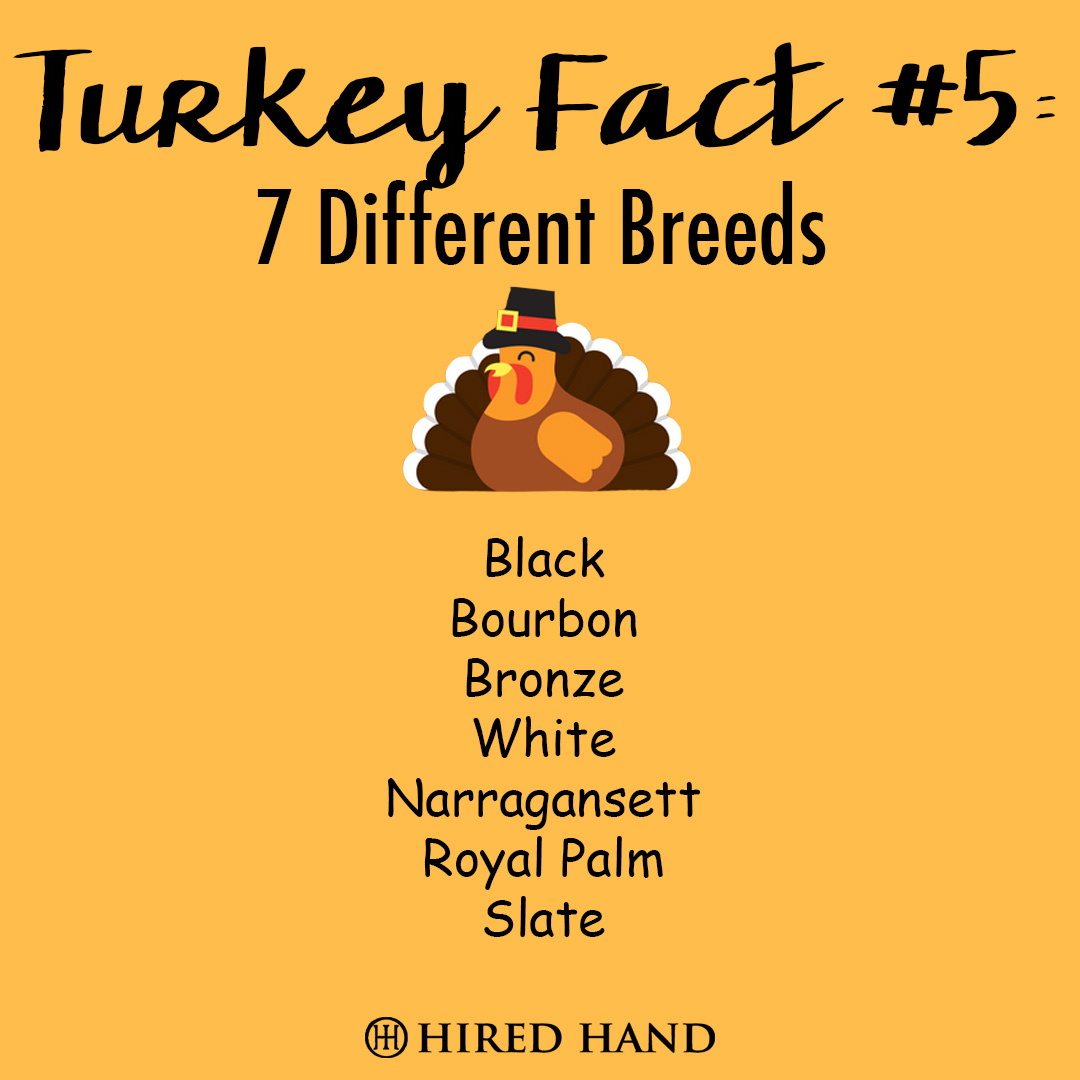
Here are the 7 traditional breeds. Click on each link to learn more about them.
Black
Bourbon
Bronze
Narragansett
Royal Palm
Slate
White
Arcuri, Lauren. “How to Raise Your Own Turkeys.” The Spruce, Lauren Arcuri, 14 Mar. 2017, www.thespruce.com/how-to-raise-turkeys-3016860.
Zielinski, Sarah. “14 Fun Facts About Turkeys.” Smithsonian.com, Smithsonian Institution, 15 Nov. 2012, www.smithsonianmag.com/science-nature/14-fun-facts-about-turkeys-665520/#3xrT4xpH4qZG6zRF.99.
Hired Hand is proud to provide all types of breeders with websites to promote their registered and pedigreed animals. Check out how our custom Software makes it easy for site visitors to click through interactive pedigrees or contact us for a demo.